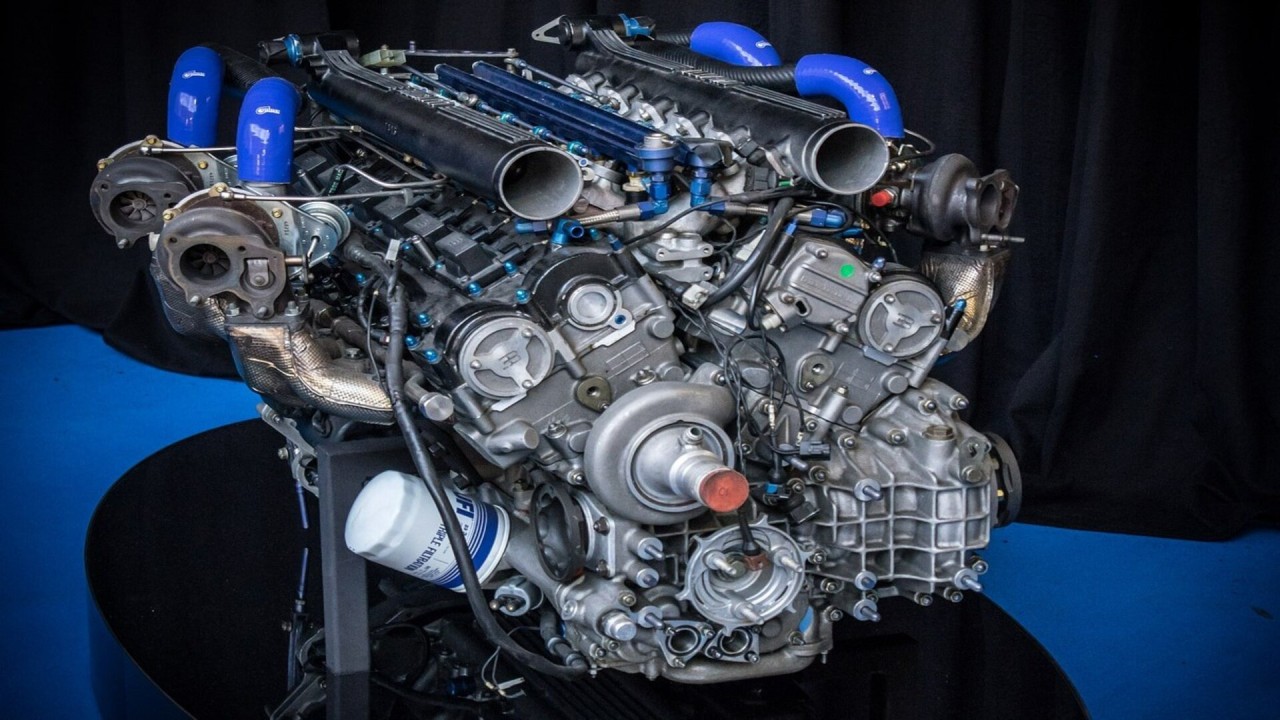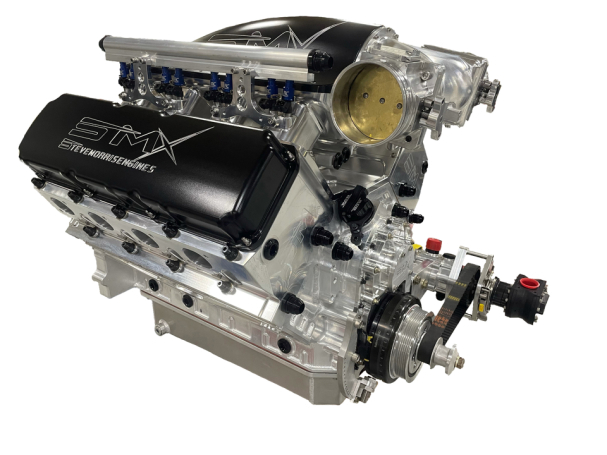Shop Engines for Africa and More at Our Comprehensive Car Parts Store
Shop Engines for Africa and More at Our Comprehensive Car Parts Store
Blog Article
The Mission for Ultimate Driving Power: Investigating the Peak of Engine Efficiency and Technological Developments in the Automotive Sector
In the world of auto design, the search of maximum driving power has been a ruthless pursuit that has actually unravelled through the advancement of engine design and the combination of sophisticated technologies. From the precise workmanship of burning engines to the fast improvements in electric propulsion systems, the automobile industry stands at the cusp of a new period identified by extraordinary efficiency abilities.
Evolution of Engine Design

Additionally, the integration of turbocharging and supercharging technologies has actually revolutionized engine layout by increasing power without substantially boosting engine size. These forced induction systems compress the intake air, permitting even more gas to be ignited, thus creating higher power outcome from a smaller engine. This development has actually been especially vital in boosting the performance of smaller sized displacement engines while keeping fuel efficiency criteria.

Performance-Enhancing Fuel Technologies
The execution of advanced fuel technologies has actually considerably added to boosting engine performance in modern-day automobiles. Biofuels, derived from sustainable sources like corn, algae, or sugarcane, offer reduced discharges and boosted engine efficiency. In addition, gas additives and detergents are being created to clean engine elements, enhance burning, and reduce friction, thus enhancing overall car efficiency.
Developments in Electric Propulsion
Considerable strides in electric propulsion technology have actually transformed the automotive market, paving the method for a brand-new age of lasting and effective transportation. Electric vehicles (EVs) are getting popularity because of their ecological benefits and developments in battery innovation, making it possible for longer driving ranges and shorter charging times. Producers are investing heavily in r & d to improve the efficiency of electric propulsion systems, focusing on raising power result, enhancing power efficiency, and lowering total weight.
One significant development in electrical propulsion is the development of sophisticated electrical motors that deliver higher torque and power thickness, resulting in improved velocity and general driving efficiency. In addition, regenerative braking systems have been refined to catch and save power throughout slowdown, more enhancing the efficiency of EVs.
Furthermore, the assimilation of clever modern technologies, such as expert system and predictive analytics, is optimizing the monitoring of electrical propulsion systems, making sure ideal performance under various driving conditions. These developments in electric propulsion are reshaping the automotive landscape, driving the industry in the direction of a more sustainable and amazed future.
Impact of Computational Liquid Characteristics
With improvements in electric propulsion pushing the borders of automobile modern technology, the combination of Computational Liquid Dynamics is playing a crucial role in optimizing wind resistant efficiency and enhancing general performance in vehicle style. Computational Liquid Dynamics (CFD) involves making use of computer system simulations to evaluate the circulation of air around a vehicle, allowing designers to predict exactly how layout changes will certainly influence aerodynamics without the demand for costly physical prototypes. By properly modeling air flow Recommended Site patterns, CFD permits the refinement of lorry shapes to reduce drag, improve cooling, and enhance stability.
One secret advantage of using CFD in automobile design is the capacity to repeat quickly, exploring numerous design variants to determine the most aerodynamically effective services. This repetitive process leads to cars that are not just sleeker and more aesthetically appealing however also much more environmentally pleasant and fuel-efficient. Furthermore, CFD allows designers to optimize airflow around parts such as radiators, engine bays, and wheel wells, adding to enhanced performance and general driving experience. In conclusion, the assimilation of Computational Fluid Dynamics represents a significant step forward in the quest for best driving power and performance in the automotive sector.
Future Patterns in Engine Innovation
In the vibrant landscape of automobile design, cutting-edge innovations are forming the future trajectory of engine innovation. The future of engine layout is marked by a strong focus on efficiency, efficiency, and sustainability. Makers are increasingly concentrating on developing engines that not just deliver high power outcomes but additionally prioritize ecological responsibility by reducing exhausts and enhancing gas effectiveness.
One popular trend in engine innovation is the rise of electrification. additional hints Crossbreed and electrical powertrains are gaining grip as feasible options to conventional burning engines. These modern technologies use the possibility for considerable reductions in carbon discharges and boosted energy performance, lining up with worldwide efforts to combat environment modification.
Furthermore, advancements in products science and manufacturing techniques are making it possible for the production of lighter and much more resilient engine elements. This change in the direction of lightweight learn this here now materials such as carbon fiber and light weight aluminum alloys adds to boosted performance and gas economy.
Final Thought
Finally, the pursuit of best driving power in the auto market remains to drive developments in engine design, fuel technologies, electric propulsion, and computational liquid dynamics. The evolution of these technologies is shaping the future of engine innovation, leading the way for more powerful and effective lorries (engines for africa). As the industry continues to press the boundaries of what is possible, we can expect to see much more innovative advancements in the quest for peak performance
One of the vital turning points in engine design evolution is the change from typical carbureted engines to modern-day fuel-injected systems. By specifically metering the fuel delivery to each cyndrical tube, fuel-injected engines maximize burning, resulting in far better efficiency and lowered environmental impact.
Additionally, the integration of turbocharging and supercharging technologies has revolutionized engine design by increasing power without significantly enhancing engine size (engines for africa).The execution of advanced fuel innovations has actually substantially contributed to improving engine efficiency in modern-day automobiles. Additionally, fuel additives and detergents are being developed to tidy engine components, optimize combustion, and minimize friction, thereby increasing general vehicle performance
Report this page